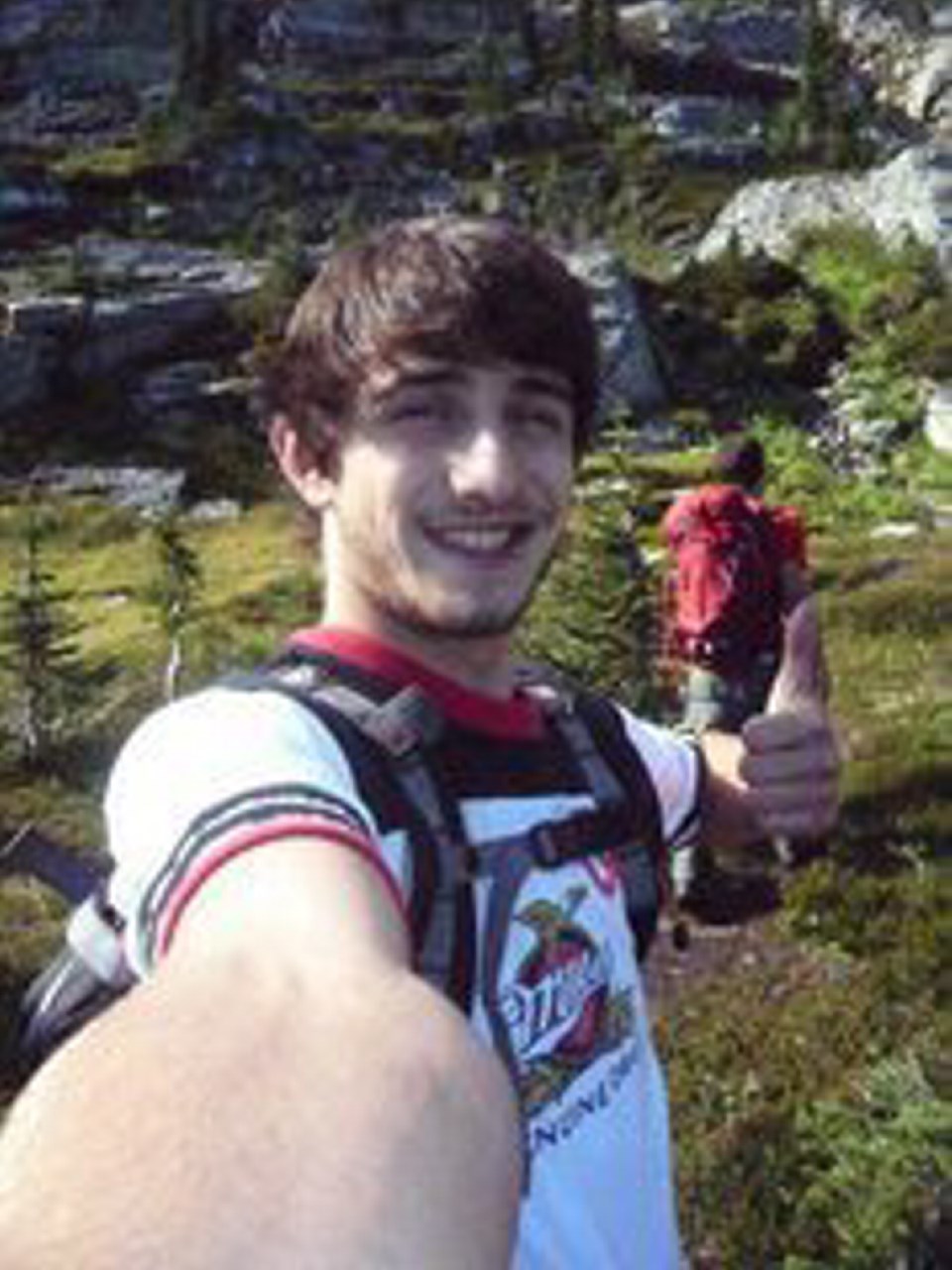Drops and smudges of what looked like dried blood were visible throughout the Cormorant Street condominium where two injured men were found Aug. 3, 2011, a Victoria police officer said Thursday in B.C. Supreme Court.
Const. Ken Ramsay repeatedly referred to “a reddish-brown deposit consistent with dried blood” found in various parts of the unit while testifying at the trial of Joshua Tyler Bredo, who is charged with first-degree murder, sexual assault and unlawful confinement.
Bredo has pleaded not guilty on all counts.
Bredo and Daniel Jordan Levesque were transported by ambulance from the condominium to Victoria General Hospital, where Levesque was later pronounced dead.
A man identifying himself as Bredo had placed a 911 call, during which he said he had been stabbed by Levesque and responded by hitting him in the head.
Ramsay testified that he and a colleague went to the hospital to take pictures of both men to use as evidence, with Ramsay responsible for Levesque.
“Our purpose was to document the injuries to both Mr. Bredo and Mr. Levesque,” he said.
The six-man, six-woman jury was shown post-mortem pictures of Levesque, prompting Justice Malcolm Macaulay to caution that they could be disturbing.
The next step that day for Ramsay and his colleague was to carry out forensic duties such as categorizing items of evidence in the condominium, he said.
The items they found included a knife and a hammer head with the handle broken off. A handle was also found nearby.
As procedure requires, both officers were dressed in forensic suits covering their bodies, including their feet, Ramsay said. “The only exposed area would be our faces.”
Ramsay said he and the other officer had been told there was a lot of potential blood evidence in the suite.
They documented reddish-brown deposits in a variety of locations, from the entranceway to the refrigerator, the bathtub and the floor of the main bedroom. Some had signs of finger marks.
Ramsay also pointed out reddish-brown areas chosen for a “swab” sample using “a sterile applicator or a Q-tip-like instrument.”
The trial began Jan. 28 and could take up to seven weeks.
Several first responders involved in the case have already testified.



